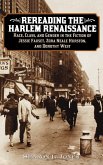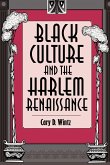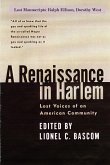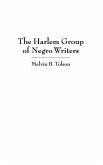During the Harlem Renaissance, African-American culture flourished. The period gave birth to numerous significant and enduring creative works that were at once American and emblematic of the black experience in particular. It was a time when African-American culture became more distinct from American culture in general, though it also continued to be a part of America's larger cultural heritage. While the writers, artists, and intellectuals who contributed to the Harlem Renaissance recognized that they had much in common, they also sought to distinguish themselves from one another. This book approaches the achievement of the Harlem Renaissance from the perspective of the conflict between individual and group identity. According to W.E.B. Du Bois, black intellectuals of the period sought to be both Negroes and Americans. At the same time, the relationship of the individual to the group was no less problematic and served to inspire, as well as complicate, the imaginations of the principal figures discussed in this book-W.E.B. Du Bois, Alain Locke, Claude McKay, Jean Toomer, and Zora Neale Hurston. As a consequence, this study focuses on the tension each of these individuals felt as he or she sought to construct a narrative that mirrored this complex experience as well as the problematics of one's own self-identity.
Bitte wählen Sie Ihr Anliegen aus.
Rechnungen
Retourenschein anfordern
Bestellstatus
Storno









